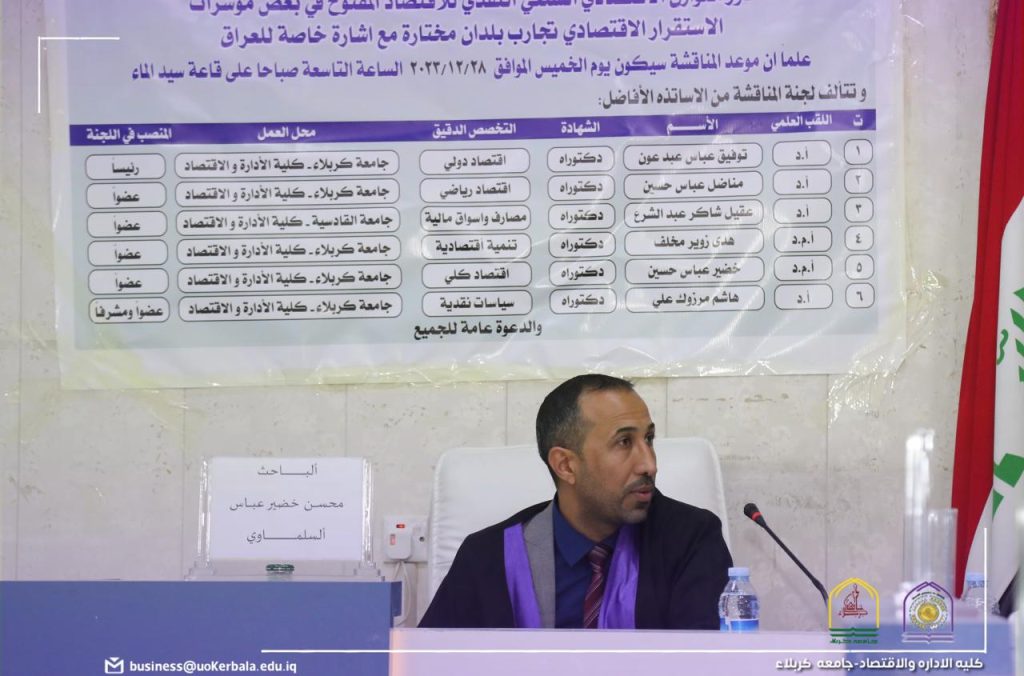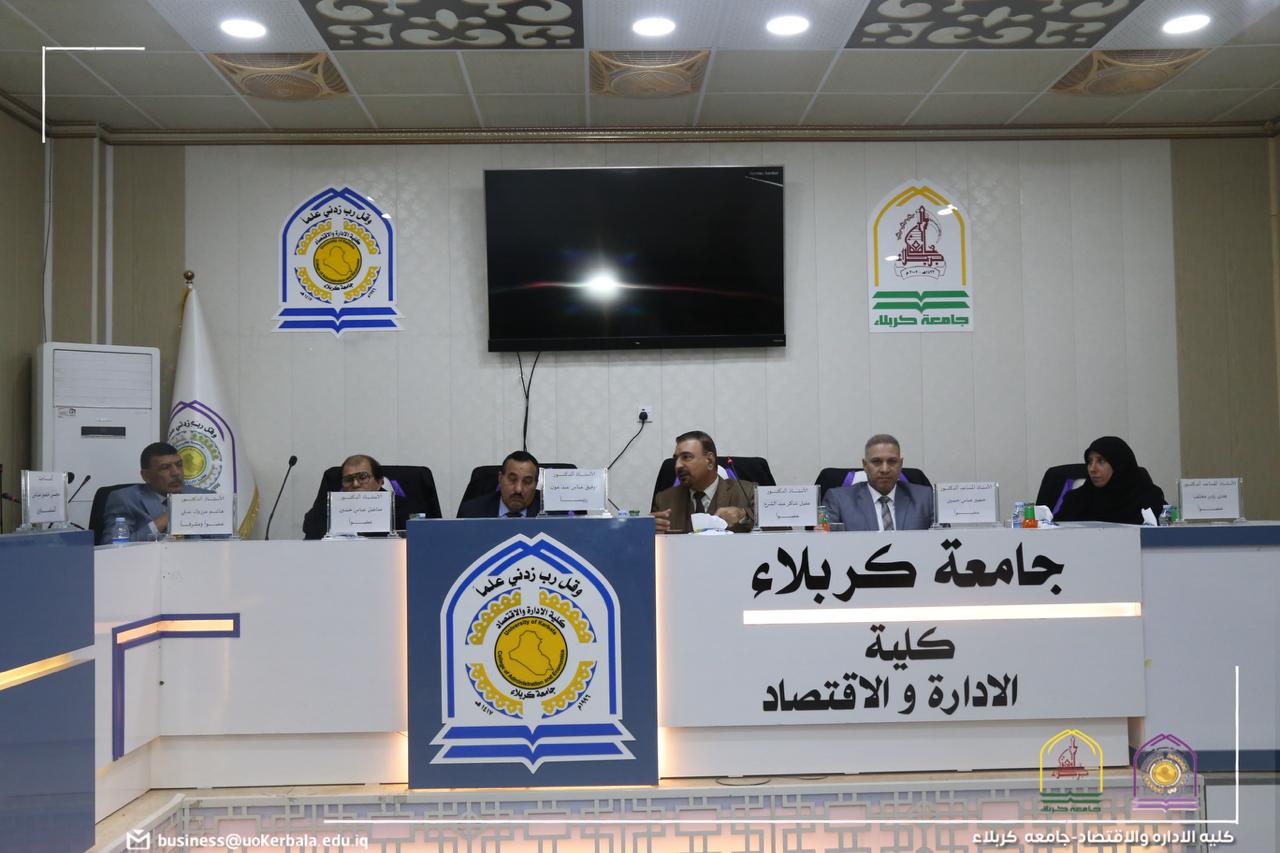role of the commodity-monetary economic balance of the open economy in some indicators of economic stability. Experiences of selected countries, with special refer to Iraq
A Dissertation Submitted to the council of the college of Administration and Economics – University of Karbala in partial of the requirements for the degree of Doctor of philosophy in Economic Sciences
Submitted by
Mohsin Khudhair Abbas Al-Slmawi
Supervisor
Prof. Hashim M Ali AL-Shammary
Abstract
The concept of economic equilibrium holds great importance in most world economies. It is the axis around which the discussion of economic thought revolves in various economic schools. The economic thought is in a state of continuous development and works to provide a model through which the general equilibrium in the macroeconomic can be determined despite the difficulty of finding common relationships between all markets, but it is possible to describe them in an integrated applied model that allows determining the equilibrium at the same time. Therefore, this study came to clarify the possibility of determining the total equilibrium through the IS-LM model, which works on equilibrium by combining the commodity market, IS, on the one hand, and the money market, LM, on the other hand. Also the BP model was added, which works to achieve equilibrium in the external sector. Therefore, we can achieve equilibrium internally and externally through the IS-LM-BP model, and the study looked at the impact of this equilibrium that can be achieved on some indicators of economic stability by determining an equilibrium interest rate and income, which is the final result of a set of economic relationships. In addition, there is an impact of fiscal and monetary economic policies on the slope of the IS and LM curves, whether these policies are expansionismor deflationism, likewise if the country is in a closed economy. But if the country is in a state of open economy with the outside world, the effect of expansionary and deflatactionary fiscal and monetary policies will be on the slope of the IS, LM and BP curves, in order to arrive at the statement of the importance of economic equilibrium, the analysis of the variables of ISOs and BP and the nature of the relations governing these variables to reach the indirect relationship between the interest rate and GDP. This is done through investment and savings in the IS curve and money supply and demand in the LM curve, as it has been shown that certain economic relationships between variables may contradict economic theory.
The study dealt with the standard aspect that measures some variables of the commodity market and the money market and some external sector variables with indicators of economic stability in each of the sample countries and Iraq, then the study concluded with a number of conclusions and recommendations.





























































